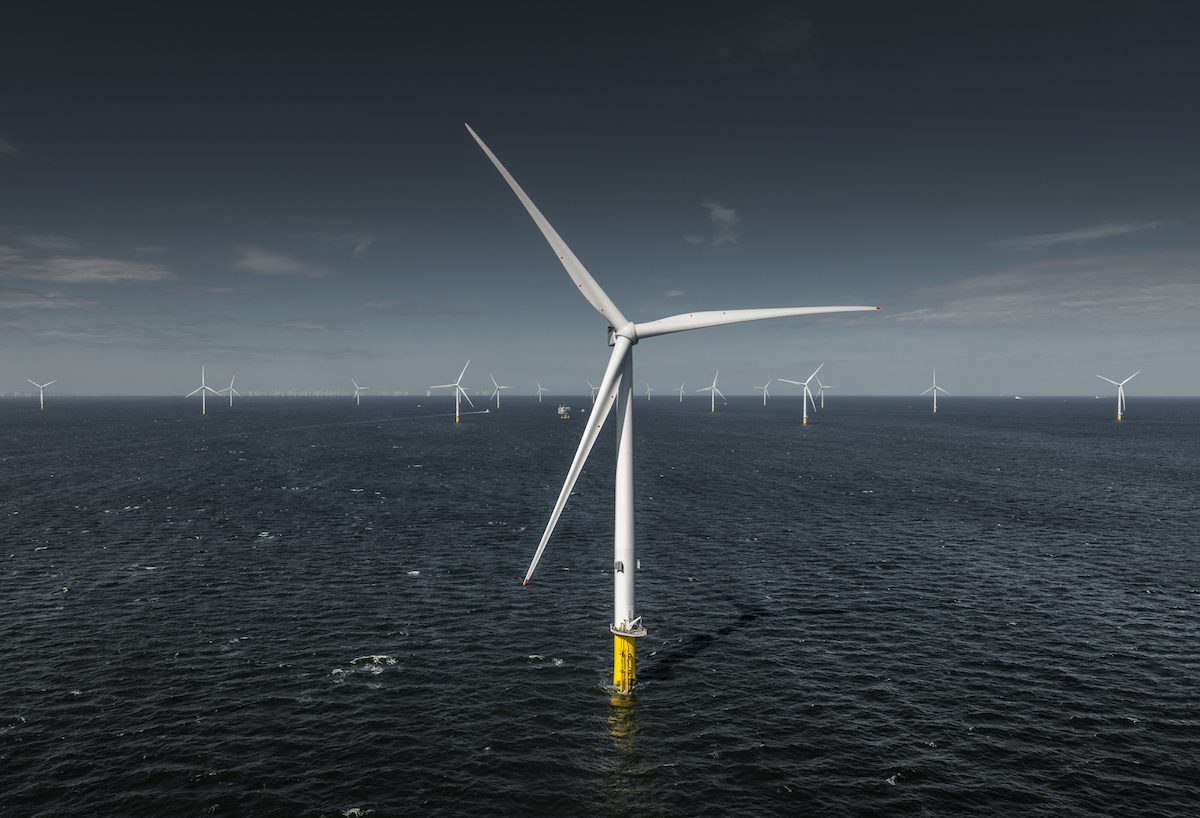Imminent EU Climate Rule for Ships Is Set to Add to Fuel Bills
A European Union rule designed to cut greenhouse gas emissions from shipping is about to start adding to the industry’s fuel bills.


An 8 MW turbine from MHI Vestas, at the Burbo Bank Extension wind farm off the UK. Image courtesy MHI Vestas
By Ronan Martin and William Mathis (Bloomberg) –MHI Vestas Offshore Wind A/S is set to join the giants of the offshore-wind world by building a skyscraper-sized turbine to better compete with other machines in the market.
The manufacturer has been working on the next-generation wind turbine and will release it to the public within 12 months, possibly as early as this year, Philippe Kavafyan, MHI Vestas’s chief executive officer said in an interview.
The massive machines are for use in wind farms at sea, where there’s plenty of open space and more reliable breezes. The larger blades help increase efficiency and the amount of electricity that can be produced from a single site.
It follows a move by the offshore wind market leader Siemens Gamesa Renewable Energy SA, which announced earlier this year that it’ll sell the world’s biggest wind turbine with a rotor diameter of 222 meters (728 feet), two meters bigger than the previous record held by General Electric Co.
While the MHI Vestas executive didn’t say exactly how big the company’s new turbine would be, he said it is meant to compete at scale with the biggest machines on the market. The turbine will have a significant rotor size increase from the company’s current biggest turbine and significant nominal capacity that can be scaled up in a range, Kavafyan said.
“The only thing I can tell you today is it triggers the interest of our customers,” Kavafyan said. “It’s difficult to imagine it will be much smaller than our competitors.”
Floating wind farms, which use buoyant platforms to position turbines in deeper waters are going to be an increasing focus for MHI Vestas. The company provided three turbines for a pilot project off the coast of Portugal, one under construction off the coast of Scotland and several under development in France.
Kavafyan expects floating wind farms to scale-up to commercial size between 2025 and 2030 and become a significant part of the offshore wind business into the next decade.
“I’m a strong believer that once we start hitting the first commercial scale project, there will be an acceleration of the floating,” he said.
© 2020 Bloomberg L.P.
Join the gCaptain Club for curated content, insider opinions, and vibrant community discussions.


Join the 109,770 members that receive our newsletter.
Have a news tip? Let us know.







Maritime and offshore news trusted by our 109,770 members delivered daily straight to your inbox.



Essential news coupled with the finest maritime content sourced from across the globe.
Sign Up